In the dynamic world of logistics and transportation, understanding semi truck tanker capacity is crucial for optimizing operations, ensuring compliance, and maximizing profitability. At CarMax Vehicle, we specialize in designing and manufacturing high-capacity semi-trailers that meet diverse industry needs. This comprehensive guide delves into the intricacies of semi truck tanker capacity, exploring key factors, comparative analyses, innovative solutions, and best practices to help you make informed decisions for your fleet.
Understanding Semi Truck Tanker Capacity
Semi truck tanker capacity refers to the maximum volume of liquid or gas that a tanker trailer can safely transport. This capacity is influenced by various factors, including the trailer’s design, material composition, and regulatory constraints. Proper understanding and utilization of tanker capacity are essential for:
- Operational Efficiency: Maximizing load without overstepping limits.
- Cost Management: Reducing fuel consumption and transportation costs.
- Safety Compliance: Adhering to legal standards to prevent accidents and penalties.
Key Terminology
- GVWR (Gross Vehicle Weight Rating): The maximum total weight a truck and trailer can safely carry.
- CBM (Cubic Meters): A unit of volume measurement used to quantify tanker capacity.
- API Gravity: A measure of how heavy or light a petroleum liquid is compared to water, affecting tanker design.
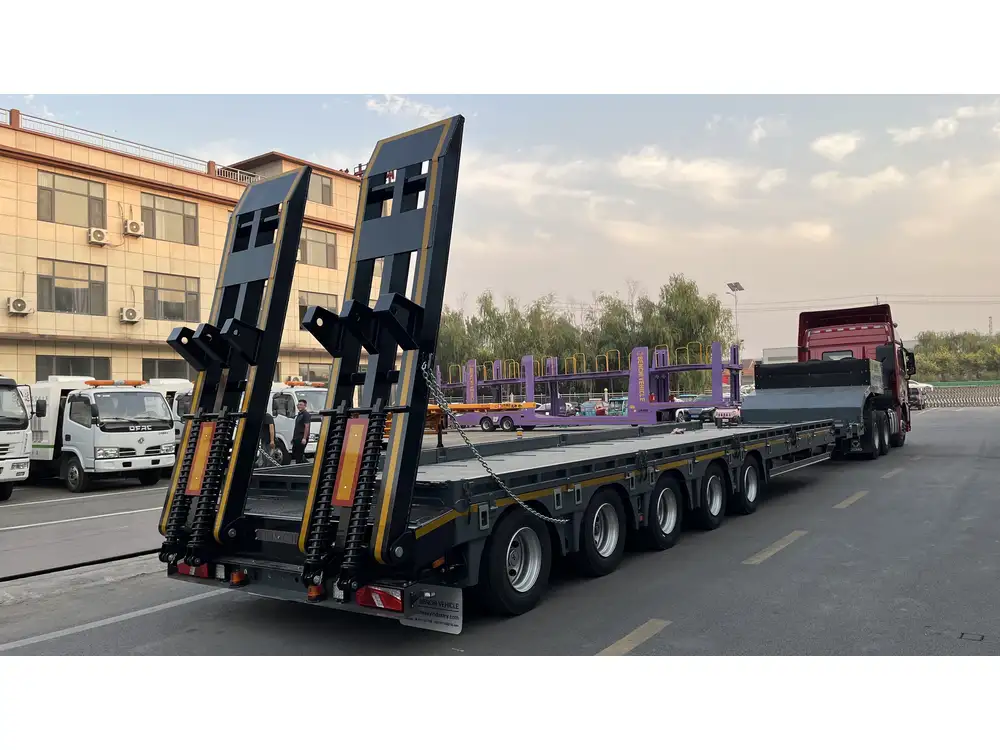
Factors Influencing Tanker Capacity
Several critical factors determine the semi truck tanker capacity:
1. Legal Regulations
Regulatory bodies set limits to ensure road safety and infrastructure protection. Key regulations include:
- National Maximum Tonnage: Varies by country, dictating the maximum allowable weight.
- Dimensions Restrictions: Length, width, and height limits to accommodate roadways and bridges.
- Hazardous Materials Standards: Special requirements for transporting dangerous goods.
2. Tanker Design and Material
The structural design and materials used in tankers significantly impact capacity:
- Material Strength: High-grade steel or aluminum alloys enhance durability and allow for larger capacities.
- Shape and Structure: Aerodynamic designs reduce wind resistance, enabling higher loads without compromising stability.
- Insulation and Coating: Specialized coatings prevent corrosion and contamination, essential for maintaining product integrity.

3. Load Distribution and Weight Management
Proper distribution of weight ensures vehicle stability and safety:
- Axle Configuration: Multiple axles distribute weight effectively, allowing for increased load capacity.
- Center of Gravity: Maintaining a low center of gravity prevents tipping and enhances maneuverability.
- Payload Optimization: Balancing payload with vehicle weight to maximize efficiency without exceeding GVWR.
4. Technological Advancements
Innovative technologies play a pivotal role in enhancing tanker capacity:
- Telematics Systems: Real-time monitoring of load, weight distribution, and vehicle performance.
- Advanced Materials: Lightweight composites and smart materials increase capacity without adding weight.
- Automation and Robotics: Streamlined loading and unloading processes reduce turnaround times and increase capacity utilization.
Comparative Analysis: CarMax Trailer vs. Competitors
When evaluating semi truck tanker capacity, it’s essential to consider how CarMax Trailer stands out in the market. Below is a comparative table highlighting key features:
| Feature | CarMax Trailer | Competitor A | Competitor B |
|---|---|---|---|
| Maximum Capacity (CBM) | 40 CBM | 35 CBM | 38 CBM |
| Material Composition | High-grade Aluminum | Standard Steel | Reinforced Steel |
| Aerodynamic Design | Advanced | Basic | Intermediate |
| Telematics Integration | Included | Optional | Included |
| Regulatory Compliance | Exceeds Standards | Meets Standards | Meets Standards |
| Durability and Longevity | 15+ Years | 10-12 Years | 12-14 Years |
| Customization Options | Extensive | Limited | Moderate |
| Price | Competitive | Lower | Higher |
CarMax Trailer offers superior semi truck tanker capacity through advanced materials, innovative design, and comprehensive features that surpass industry standards. Our trailers are engineered to provide maximum efficiency, durability, and safety, making them the preferred choice for businesses aiming to optimize their transportation operations.
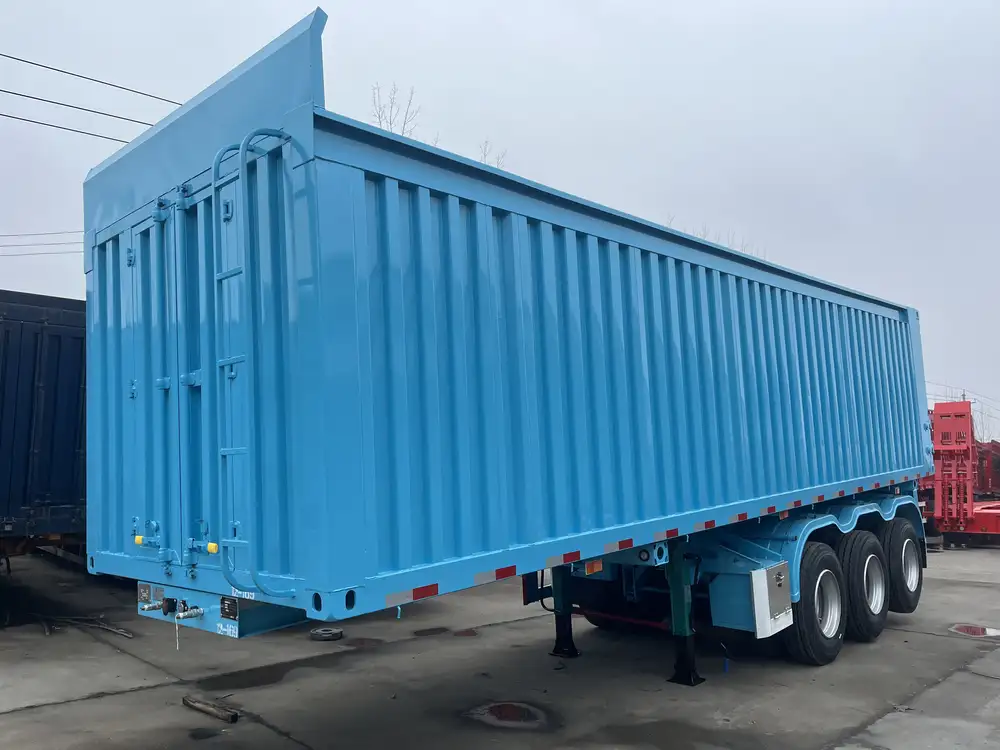
Types of Semi Truck Tankers and Their Capacities
Understanding the different types of tankers is essential for selecting the right capacity for your needs. Here’s an overview:
1. Standard Tankers
Designed for general liquid transportation, standard tankers typically offer capacities ranging from 30 to 40 CBM. They are versatile and widely used across various industries, including food and beverage, chemicals, and petroleum.
2. Insulated Tankers
These tankers are equipped with insulation to maintain the temperature of the cargo. They are ideal for transporting temperature-sensitive liquids like dairy products and pharmaceuticals, with capacities usually between 25 to 35 CBM.
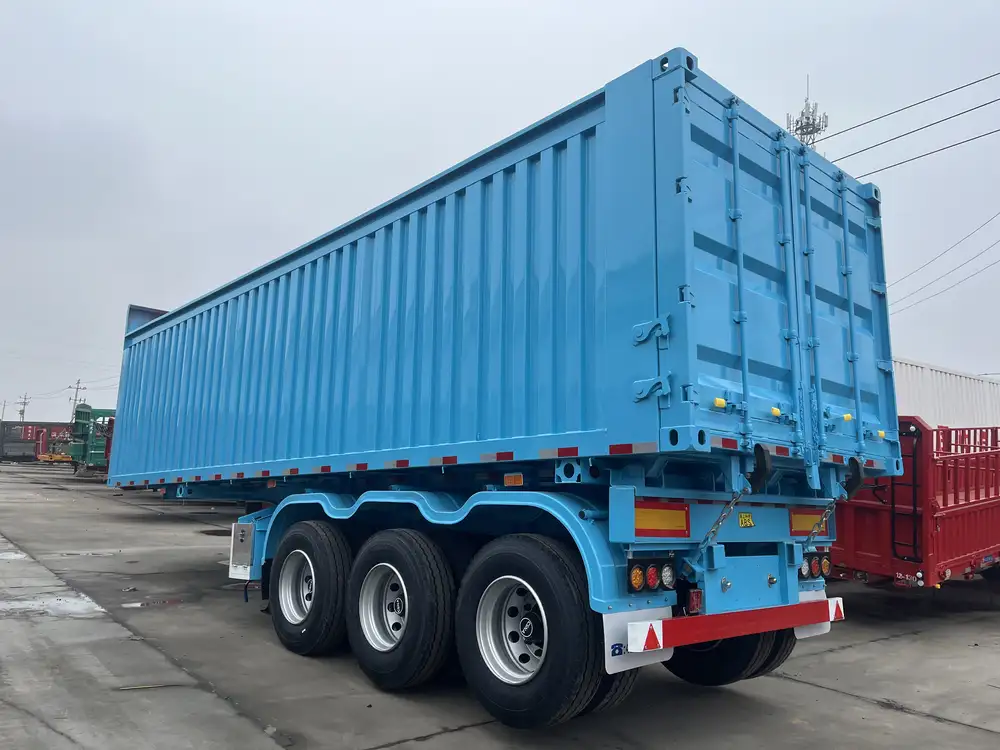
3. Hazardous Material (HazMat) Tankers
Specially designed to transport dangerous goods, HazMat tankers comply with stringent safety regulations. Their capacity varies based on the type of hazardous material, typically ranging from 20 to 35 CBM.
4. Flexible Tankers
Featuring flexible membranes, these tankers can carry various types of liquids. Their capacities are similar to standard tankers but offer greater adaptability for different cargo types.
5. Double Wall Tankers
Providing an extra layer of protection, double wall tankers are essential for transporting highly volatile or environmental-sensitive liquids. Capacities generally fall between 25 to 40 CBM.
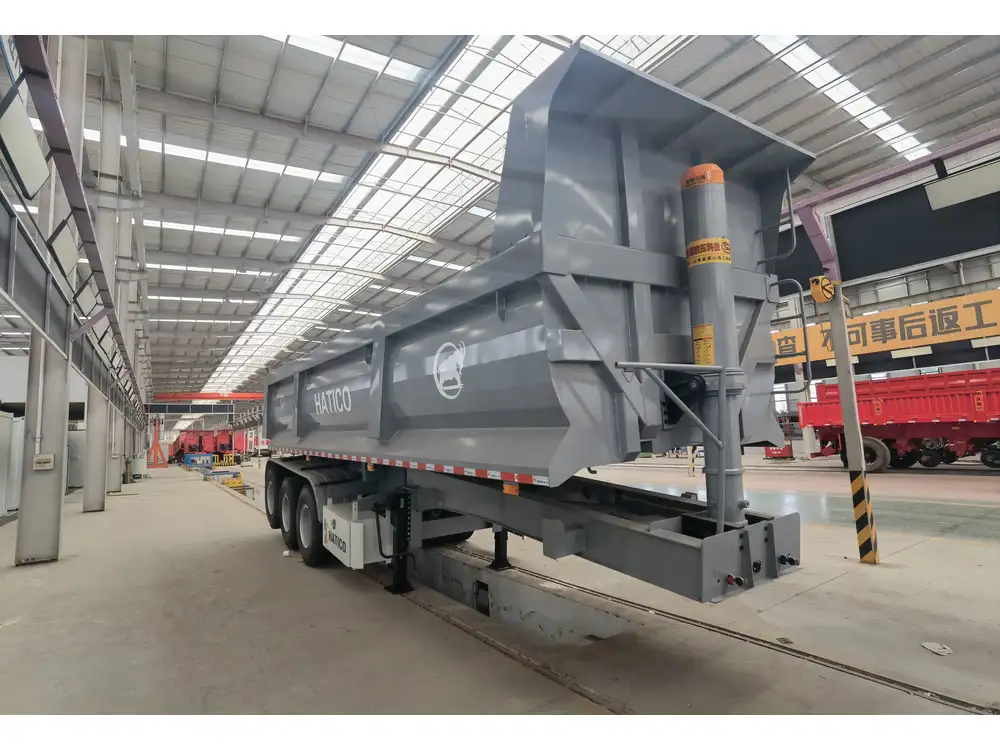
Designing Semi Truck Tankers for Optimal Capacity
Designing a tanker that maximizes capacity while ensuring safety and compliance involves meticulous planning and engineering. Key considerations include:
1. Structural Integrity
Ensuring the tanker can withstand pressure and stress during transportation is paramount. This involves selecting appropriate materials and reinforcing critical areas to prevent leaks and ruptures.
2. Ergonomics and Accessibility
Designs must facilitate easy loading, unloading, and maintenance. Features like wide doors, accessible valves, and compartmental layouts enhance operational efficiency.

3. Weight Distribution
Balancing the tanker’s weight ensures stability and reduces wear on the vehicle. Incorporating balanced compartments and strategically placing heavy components helps achieve optimal weight distribution.
4. Compliance with Standards
Adhering to international and local regulations is non-negotiable. This includes meeting dimensional restrictions, safety protocols, and environmental guidelines.
5. Customization and Flexibility
Tailoring tankers to specific industry needs allows for better capacity utilization. Customized fittings, adjustable compartments, and modular designs enhance versatility.
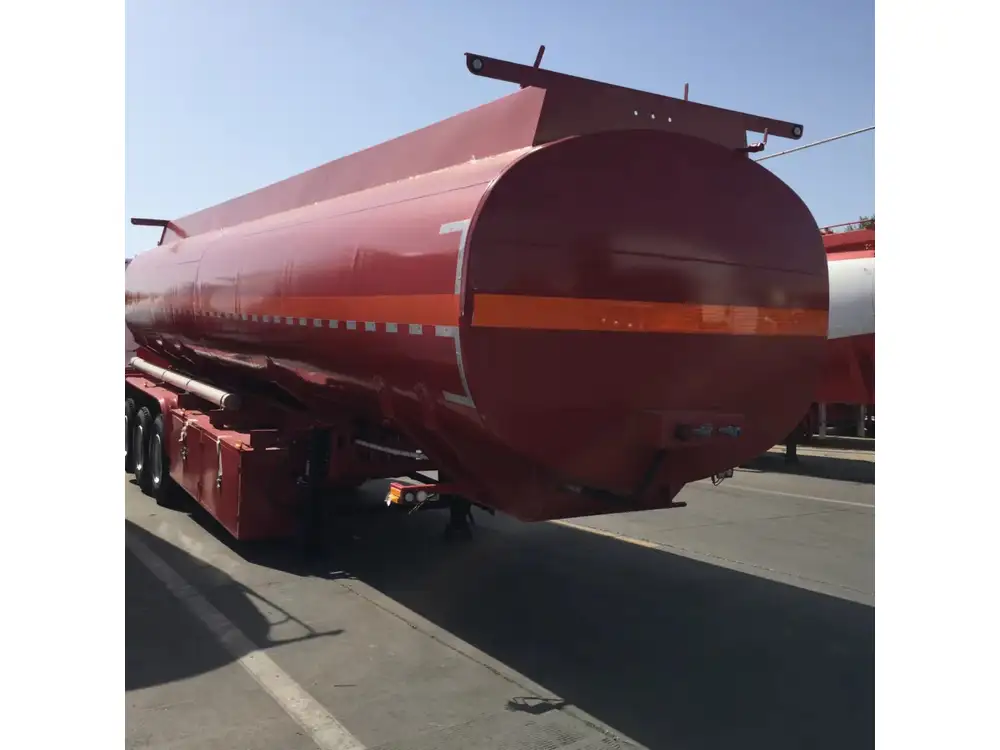
Regulatory Standards Affecting Tanker Capacity
Navigating the regulatory landscape is critical for maintaining legal compliance and operational viability. Key regulations impacting semi truck tanker capacity include:
1. National and International Weight Limits
Different countries have varying weight restrictions for semi trucks. For instance:
- United States: Federal GVWR limits vary by state but generally range up to 80,000 lbs.
- European Union: Maximum authorized mass (MAM) typically does not exceed 40 tonnes for articulated vehicles.
2. Dimensions and Size Restrictions
Regulations dictate maximum dimensions to ensure safe passage through roads, bridges, and tunnels. Common restrictions include:
- Length: Generally up to 53 feet in the US, differing internationally.
- Width: Typically 8.5 feet, but can vary based on region.
- Height: Often limited to 13.5 feet to accommodate overpasses and other structures.

3. Safety and Environmental Standards
Standards like the DOT (Department of Transportation) regulations in the US mandate safety features such as:
- Emergency Shut-off Systems: For rapid response in case of spills.
- Leak Detection Systems: To prevent contamination and environmental damage.
- Fire Retardant Materials: Enhancing safety during accidents.
4. Hazardous Materials Regulations
Transporting hazardous materials requires compliance with specific guidelines, including:
- UN Classification Numbers: Categorizing substances based on hazard level.
- Labeling and Signage: Clear identification of hazardous cargo.
- Driver Training Requirements: Ensuring personnel are equipped to handle dangerous goods safely.
Innovations in Semi Truck Tanker Capacity by CarMax Vehicle
At CarMax Vehicle, we are committed to pioneering advancements that enhance semi truck tanker capacity. Our innovative approach encompasses:

1. Advanced Material Engineering
Utilizing lightweight, high-strength materials such as aluminum alloys and composite fibers reduces the overall weight of tankers, allowing for increased payload without exceeding GVWR limits.
2. Smart Tanker Technology
Integrating IoT-enabled sensors and telematics systems enables real-time monitoring of load distribution, temperature, and pressure, ensuring optimal capacity utilization and proactive maintenance.
3. Aerodynamic Enhancements
Our tankers feature streamlined designs that minimize air resistance, improving fuel efficiency and allowing for larger capacity loads without compromising vehicle performance.

4. Modular Compartments
Designed for versatility, our tankers include modular compartments that can be adjusted based on cargo type and volume, maximizing space utilization and operational flexibility.
5. Sustainable Manufacturing Practices
We prioritize eco-friendly manufacturing processes, reducing the environmental footprint of our tankers while maintaining high capacity and durability standards.
Best Practices for Maximizing Tanker Capacity
To fully leverage the semi truck tanker capacity, consider implementing the following best practices:

1. Accurate Load Planning
Strategically planning loads ensures balanced weight distribution and optimal use of available capacity. Utilize load planning software to calculate precise weight and volume allocations.
2. Regular Maintenance and Inspections
Routine inspections and maintenance prevent structural weaknesses and ensure that tankers operate at maximum capacity without safety risks.
3. Staff Training and Compliance
Ensure that drivers and handling staff are trained in best practices for loading, unloading, and managing tanker capacities, as well as in compliance with relevant regulations.

4. Utilizing Technology for Monitoring
Employ telematics and GPS systems to monitor loads in real-time, allowing for dynamic adjustments and efficient capacity management during transit.
5. Optimizing Route Planning
Choose routes that accommodate tanker dimensions and weight, reducing the risk of delays and ensuring that tankers can operate at their full capacity without restrictions.
Selecting the Right Semi Truck Tanker Capacity for Your Business
Choosing the appropriate tanker capacity involves assessing your specific business needs and operational parameters. Consider the following steps:

1. Assess Cargo Requirements
Identify the type and volume of goods you transport regularly. This determines the necessary tanker capacity and specialized features, such as insulation or chemical resistance.
2. Evaluate Fleet Specifications
Analyze your current fleet’s capabilities, including weight limits, axle configurations, and existing tanker capacities, to ensure compatibility with new tankers.
3. Financial Considerations
Balance initial investment costs with long-term benefits like fuel efficiency, maintenance expenses, and revenue potential from increased capacity.
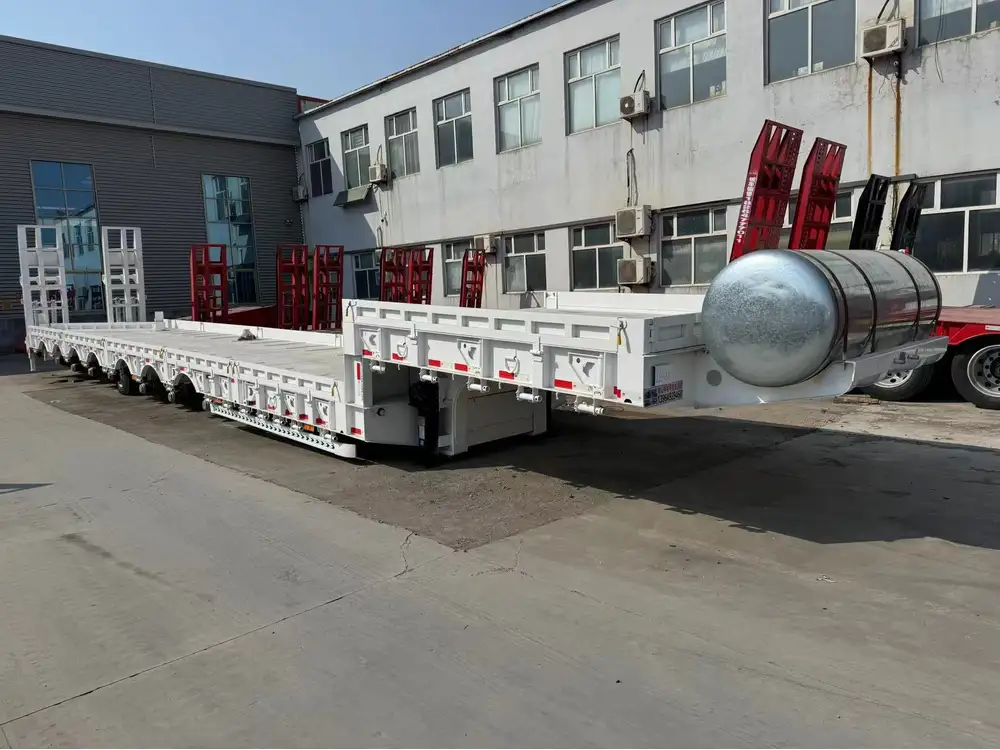
4. Regulatory Compliance
Ensure that the selected tanker capacity aligns with regional and international regulations to avoid legal complications and fines.
5. Future Growth Projections
Anticipate future business expansion or diversification, selecting tankers that can accommodate increased capacity or alternative cargo types as needed.
Maintenance Tips to Preserve Tanker Capacity
Maintaining your semi truck tankers is essential for sustaining their capacity and ensuring long-term performance. Follow these maintenance tips:

1. Regular Cleaning
Prevent contamination and corrosion by thoroughly cleaning tankers after each use, especially when transporting corrosive or hazardous materials.
2. Inspect Seals and Valves
Frequently check seals, valves, and fittings for wear and tear, replacing components as necessary to maintain structural integrity and capacity.
3. Monitor Structural Integrity
Conduct periodic inspections for dents, cracks, or other structural damages that could compromise the tanker’s capacity and safety.

4. Lubricate Moving Parts
Ensure that all moving parts, including valves and doors, are adequately lubricated to prevent mechanical failures that could hinder tanker capacity.
5. Maintain Protective Coatings
Reapply protective coatings to prevent rust and corrosion, especially in tankers transporting liquids prone to chemical reactions with metal surfaces.
How CarMax Trailer Maximizes Tanker Capacity Without Compromise
At CarMax Trailer, our mission is to deliver tankers that offer maximum semi truck tanker capacity while maintaining uncompromised safety, efficiency, and durability. Here’s how we achieve this:
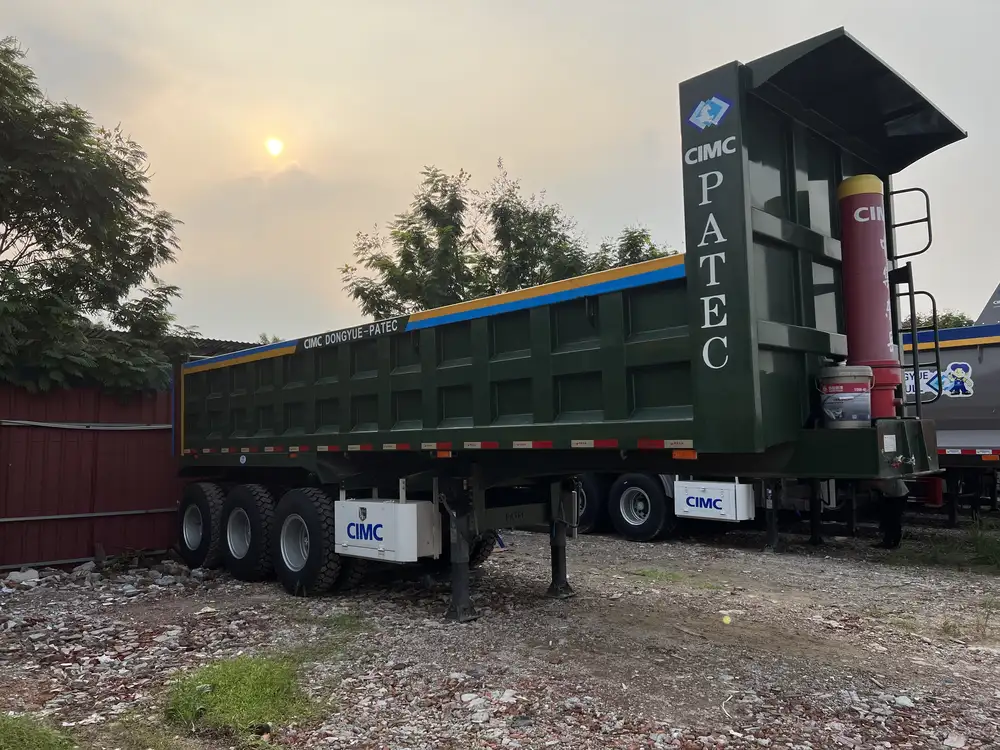
1. Innovative Design Techniques
Our design philosophy focuses on maximizing internal volume without increasing external dimensions, allowing for higher capacities within regulatory limits.
2. Precision Engineering
Every component of our tankers is meticulously engineered to ensure optimal load distribution, structural integrity, and ease of maintenance, enhancing overall capacity utilization.
3. Quality Assurance
Rigorous quality control processes ensure that each tanker meets our high standards for capacity, durability, and safety, providing reliable performance in diverse operational environments.

4. Customer-Centric Customization
We collaborate closely with clients to customize tanker features and capacities according to their specific requirements, ensuring that each CarMax Trailer delivers optimal performance tailored to individual business needs.
5. Sustainable Practices
Our commitment to sustainability drives us to innovate eco-friendly solutions that enhance capacity while minimizing environmental impact, supporting responsible transportation practices.
Conclusion
Maximizing semi truck tanker capacity is a multifaceted endeavor that requires a deep understanding of design principles, regulatory frameworks, and operational best practices. At CarMax Vehicle, we leverage our expertise and innovative approach to deliver tankers that not only meet but exceed capacity expectations, ensuring your transportation operations are efficient, compliant, and profitable. By investing in high-quality, customized tankers from CarMax Trailer, you are equipping your fleet with the tools needed to navigate the complexities of modern logistics with confidence and precision.

Frequently Asked Questions
1. What factors should I consider when choosing a semi truck tanker for my fleet?
When selecting a semi truck tanker, consider factors such as cargo type, required capacity, regulatory compliance, material durability, and compatibility with your existing fleet. Additionally, evaluate features like insulation, safety systems, and technological integrations that align with your operational needs.
2. How does tanker capacity impact fuel efficiency?
Tanker capacity directly affects the overall weight and aerodynamics of the semi truck. Higher capacities can lead to increased fuel consumption due to added weight. However, advanced design features and lightweight materials used in tankers like those from CarMax Trailer can mitigate fuel efficiency impacts by optimizing load distribution and reducing aerodynamic drag.

3. Are there specific regulations for transporting hazardous materials in semi truck tankers?
Yes, transporting hazardous materials in semi truck tankers is subject to stringent regulations. These include requirements for specialized tankers with double walls, proper labeling and signage, emergency shut-off systems, and adherence to specific load limits and documentation standards as per local and international regulations.
4. How can I maintain my semi truck tanker to ensure maximum capacity over time?
To maintain maximum tanker capacity, implement a routine maintenance schedule that includes regular cleaning, inspections of seals and valves, structural integrity assessments, lubrication of moving parts, and maintenance of protective coatings. Addressing issues promptly and adhering to manufacturer guidelines will preserve the tanker’s capacity and longevity.
5. What are the benefits of choosing a CarMax Trailer over other brands?
CarMax Trailer offers superior semi truck tanker capacity through advanced materials, innovative design, and comprehensive features that enhance durability, safety, and efficiency. Our tankers are customizable to meet specific business needs, incorporate the latest technological advancements, and adhere to the highest regulatory standards, providing a reliable and cost-effective solution for your transportation requirements.



